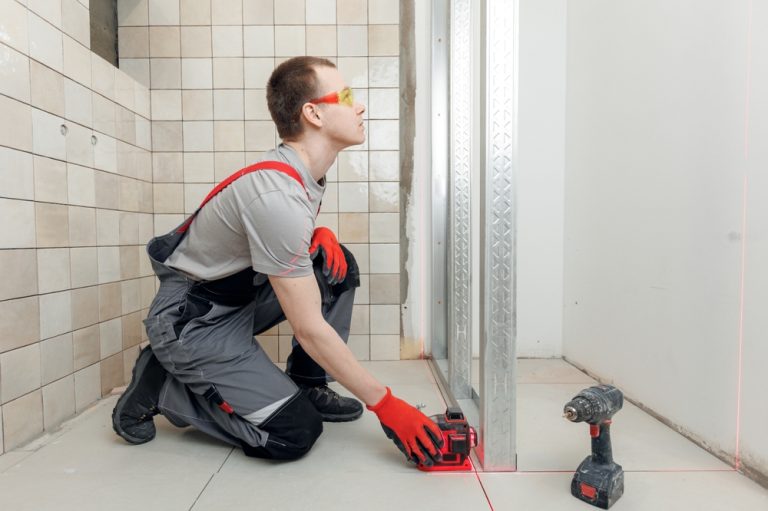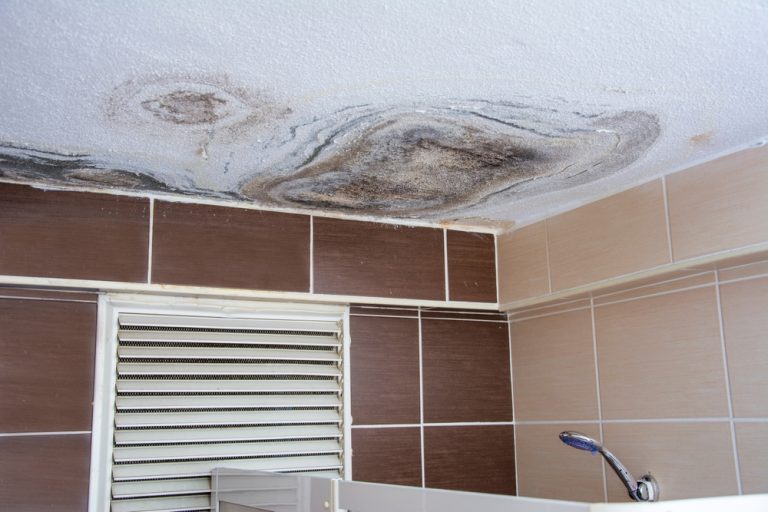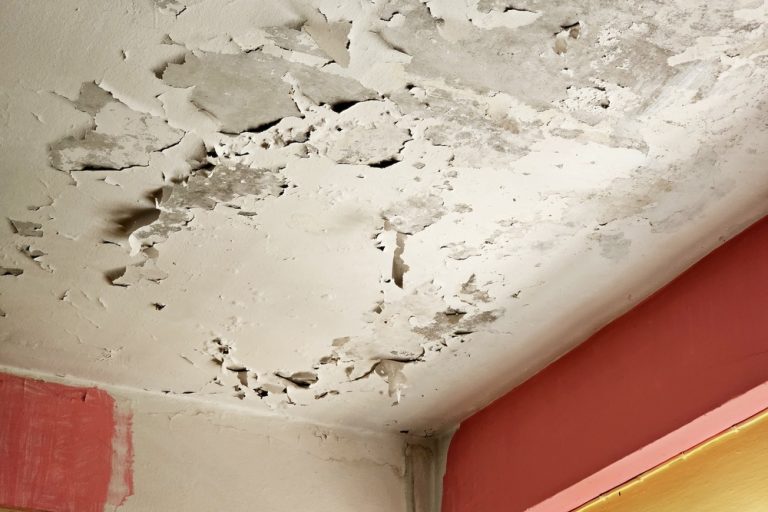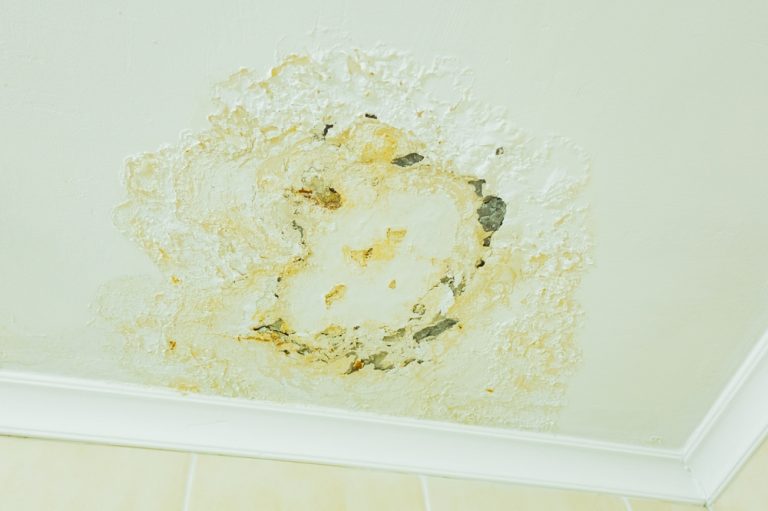What Kind of Paint for Bathroom Ceiling?
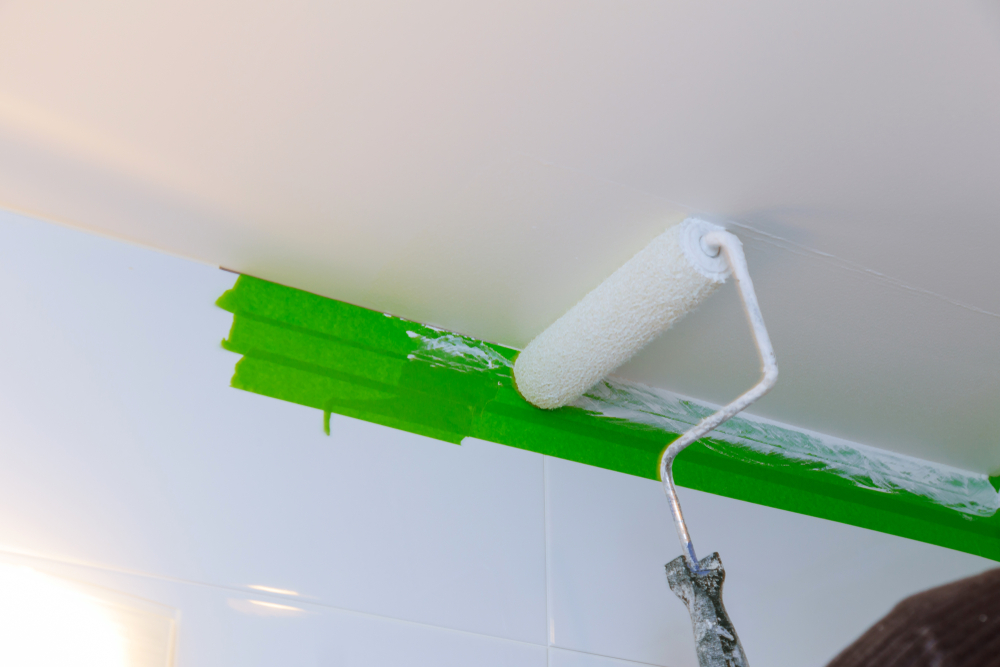
When it comes to painting a bathroom, selecting the right kind of paint for the ceiling is essential. Bathrooms are high-humidity areas, and the ceiling is particularly prone to moisture buildup, which can lead to issues like mould, mildew, and paint peeling if the wrong paint is used. Understanding what kind of paint for bathroom ceiling is best can help ensure a long-lasting, mold-resistant, and easy-to-clean surface.
In this article, we will guide you through the ideal types of paint for bathroom ceilings and provide tips for applying it effectively.
Why Choosing the Right Paint for Bathroom Ceilings is Important?
Bathrooms are unique in their exposure to constant moisture and humidity. Because of the frequent use of hot water, steam rises and condenses on the walls and ceiling, which can affect the longevity of the paint. Selecting the correct type of paint is vital for preventing damage and maintaining the aesthetic appeal of the space.
Moisture Resistance
The most important quality to look for in bathroom ceiling paint is moisture resistance. Paint that can withstand high humidity levels without peeling or cracking is essential for bathrooms.
Mold and Mildew Resistance
Mould and mildew thrive in damp, humid environments like bathrooms. Specially formulated paints for bathroom ceilings often include anti-mould and anti-mildew properties to prevent the growth of these harmful organisms.
Durability
Since bathroom ceilings are exposed to steam and water vapour regularly, the paint used must be durable enough to withstand the conditions over time without showing signs of wear.
Types of Paint to Use for Bathroom Ceilings
There are several types of paint suitable for bathroom ceilings, each offering specific benefits depending on the environment and level of moisture exposure.
Semi-Gloss Paint
Semi-gloss paint is one of the most popular options for bathroom ceilings due to its moisture resistance and durability. Its glossy finish makes it easier to clean, and it can withstand the frequent exposure to moisture in bathrooms without peeling or cracking.
- Pros: High moisture resistance, easy to clean, reflects light well.
- Cons: The glossy finish may highlight imperfections on the ceiling surface.
Satin Paint
Satin paint offers a slightly lower sheen than semi-gloss paint but still provides good moisture resistance. It’s a great option if you prefer a more muted finish while still protecting your bathroom ceiling from humidity.
- Pros: Moisture-resistant, provides a softer finish.
- Cons: Not as shiny or easy to clean as semi-gloss paint.
Eggshell Paint
Eggshell paint is known for its low-sheen finish, making it suitable for bathrooms that don’t experience extreme levels of humidity. While it’s not as moisture-resistant as semi-gloss or satin paints, it still offers some protection in low-humidity environments.
- Pros: Subtle finish, good for low-humidity bathrooms.
- Cons: Less durable and harder to clean compared to semi-gloss or satin paints.
Mould-Resistant Paint
For areas with persistent moisture or high humidity, mould-resistant paint is an excellent choice. These paints are specially formulated to prevent the growth of mould and mildew, which is especially important for bathroom ceilings.
- Pros: Designed to prevent mould and mildew, high durability in humid areas.
- Cons: Often more expensive than traditional paints.
High-Quality Matte Paint
While matte paints are generally not recommended for bathrooms due to their lack of moisture resistance, some high-quality matte options are formulated specifically for high-humidity areas. These can be suitable if you prefer a flat, non-reflective finish but want the added benefit of moisture protection.
- Pros: Provides a smooth, modern finish, hides imperfections well.
- Cons: Limited moisture resistance compared to glossier options.
How to Apply Paint to a Bathroom Ceiling?
Once you’ve selected the right kind of paint for your bathroom ceiling, proper application is essential for ensuring the paint lasts and provides adequate protection. Follow these steps to ensure a smooth, long-lasting finish:
Prepare the Surface
Before painting, the ceiling must be clean and free of any mould, mildew, or dirt. Use a mould cleaner or a mixture of vinegar and water to remove any existing mould. Let the ceiling dry completely before proceeding.
Tip: If your ceiling has existing peeling paint, lightly sand the surface to create a smooth area for the new paint to adhere to.
Use a Primer
Applying a high-quality primer is crucial, especially if your bathroom ceiling has been prone to mould or mildew. A primer will create a barrier that helps the paint adhere properly and provides an extra layer of protection against moisture.
Tip: Choose a mould-resistant primer for the best results.
Apply Multiple Coats
One coat of paint may not be enough to fully protect your bathroom ceiling from moisture. It’s recommended to apply at least two coats of paint for maximum durability and protection.
Tip: Allow each coat to dry completely before applying the next one to avoid streaks and uneven coverage.
Use Proper Ventilation
Ensure the bathroom is well-ventilated while painting and during the drying process. Use fans, open windows, or run an exhaust fan to help the paint dry evenly and prevent moisture from settling on the fresh paint.
Maintaining a Painted Bathroom Ceiling
Once your ceiling is painted, maintaining its cleanliness and moisture resistance is important for keeping it in good condition over the years.
Regular Cleaning
To prevent moisture buildup and potential mould growth, clean the bathroom ceiling regularly. Use a mild cleaning solution to wipe down the surface and remove any dirt or moisture that may accumulate over time.
Use the Exhaust Fan
To prevent excess moisture from accumulating on the ceiling, always run the bathroom exhaust fan during and after showers. This helps keep the bathroom air dry and prevents moisture from settling on the ceiling.
Tip: Leave the fan running for 15–20 minutes after a shower to fully vent the room.
Inspect for Damage
Periodically check the ceiling for signs of paint peeling or mould growth. If you notice any damage, address it right away to prevent further issues. A small touch-up of paint or cleaning can go a long way in preserving the appearance of the ceiling.
Common Mistakes to Avoid
When painting a bathroom ceiling, it’s important to avoid common mistakes that could lead to a poor finish or damage in the long term.
Skipping the Primer
Skipping primer may result in the paint peeling or failing to adhere properly. Always apply a primer before painting, especially in high-humidity areas like bathrooms.
Using the Wrong Type of Paint
Using regular interior paint on a bathroom ceiling can lead to mould growth, peeling, and other issues. Make sure to use moisture-resistant or mould-resistant paint designed for bathrooms.
Not Allowing Enough Drying Time
Rushing through the painting process without allowing enough time between coats can result in uneven coverage and streaking. Always follow the recommended drying time between coats for the best results.
Conclusion
Choosing the right kind of paint for your bathroom ceiling is essential for preventing mould, mildew, and water damage. Whether you opt for semi-gloss, satin, or mould-resistant paint, the key is to select a paint that can withstand the high humidity levels typical of bathrooms.
By following proper application techniques and maintaining your ceiling with regular cleaning and ventilation, you can ensure that your bathroom ceiling remains in excellent condition for years to come. Understanding what kind of paint for bathroom ceiling will protect your bathroom and maintain its aesthetic appeal.

